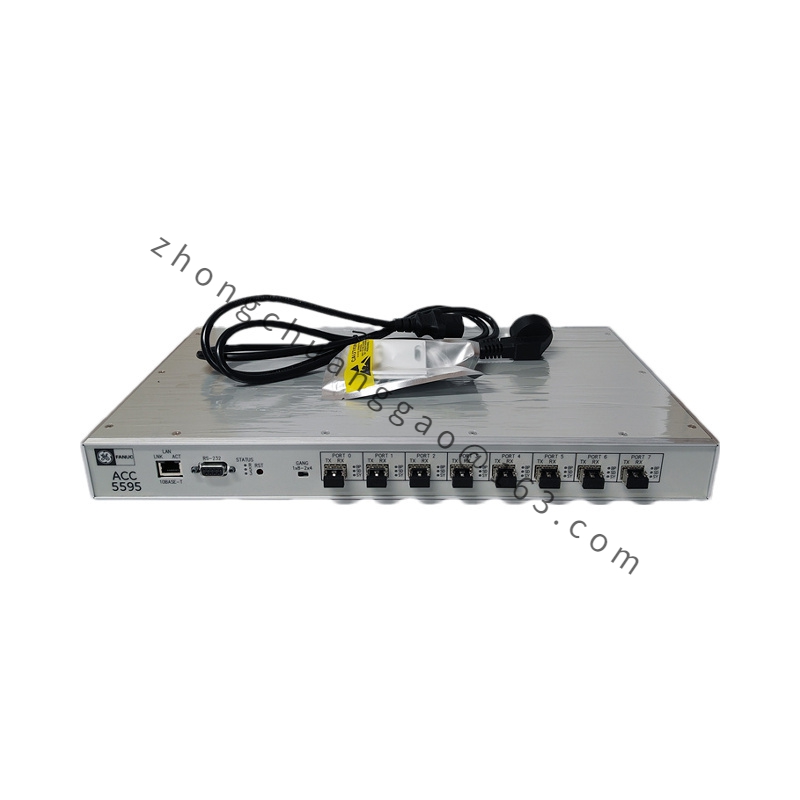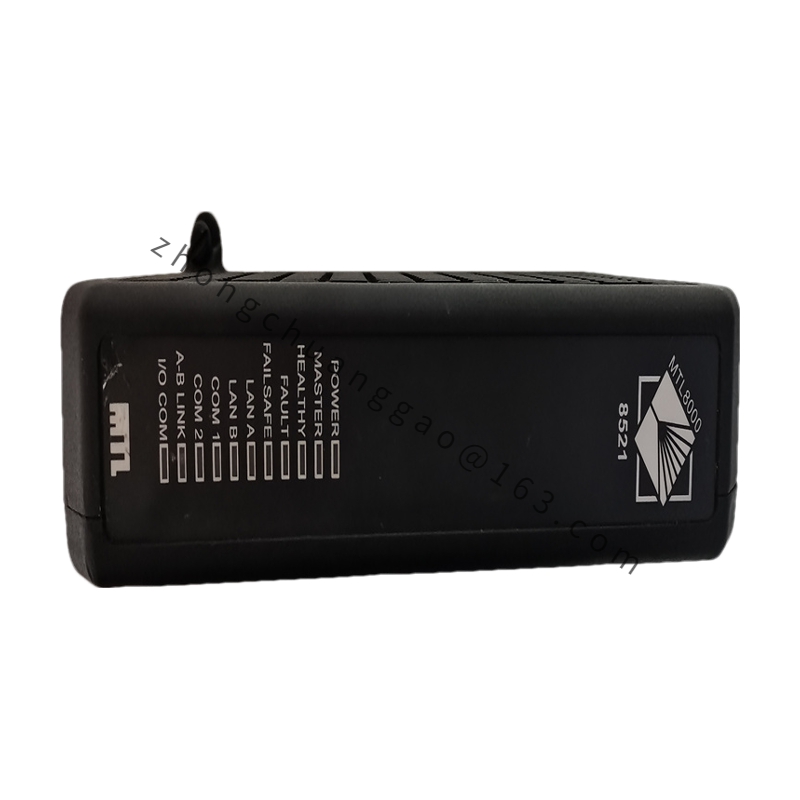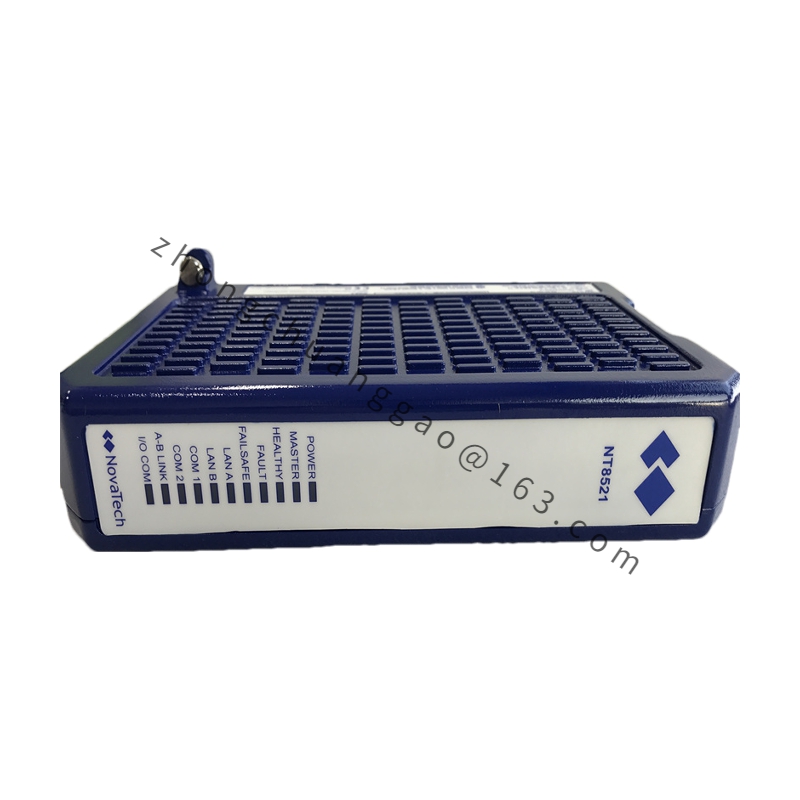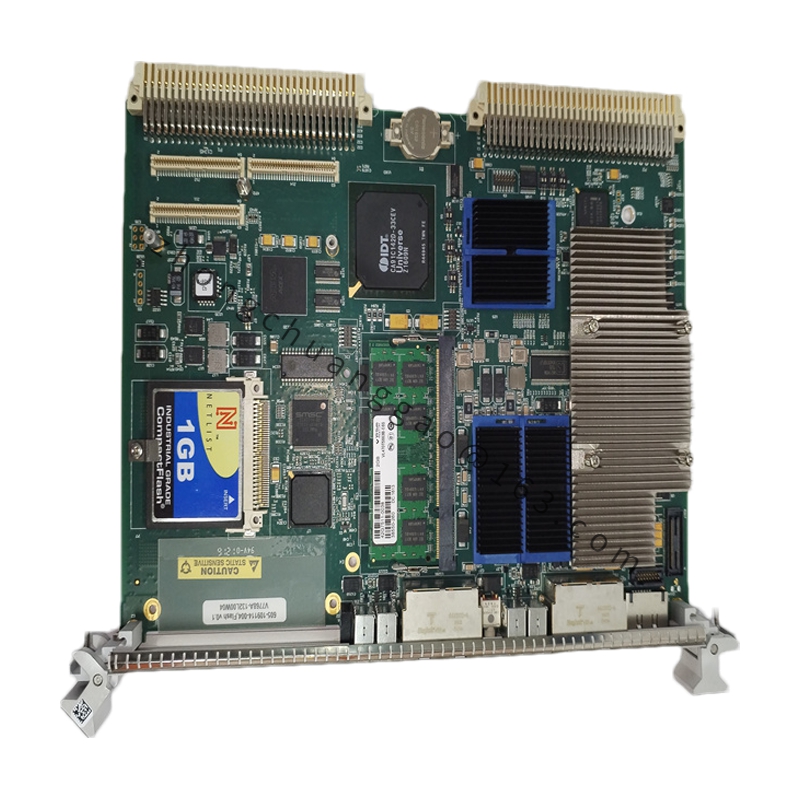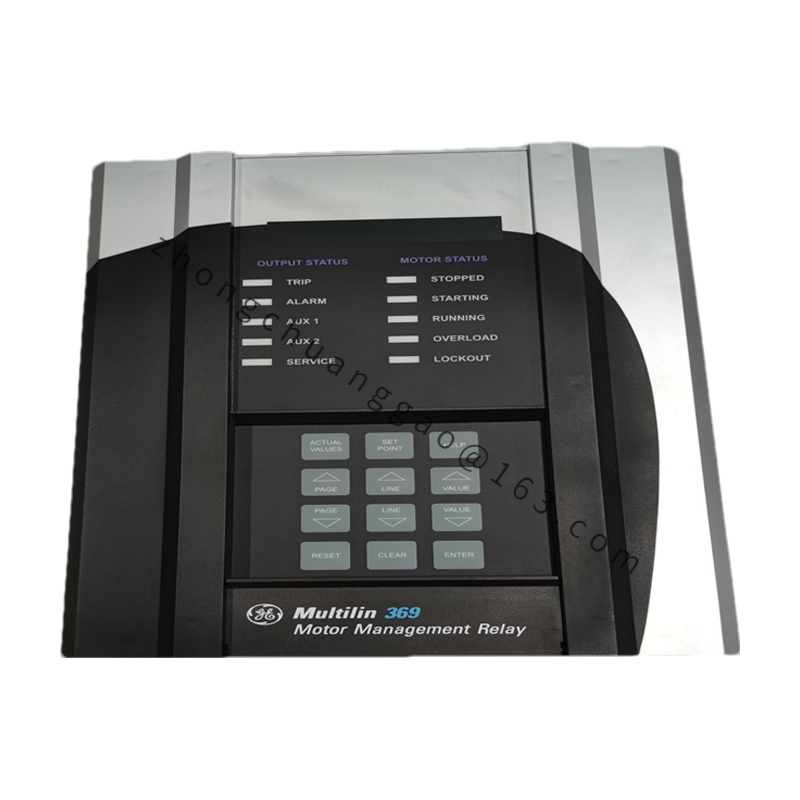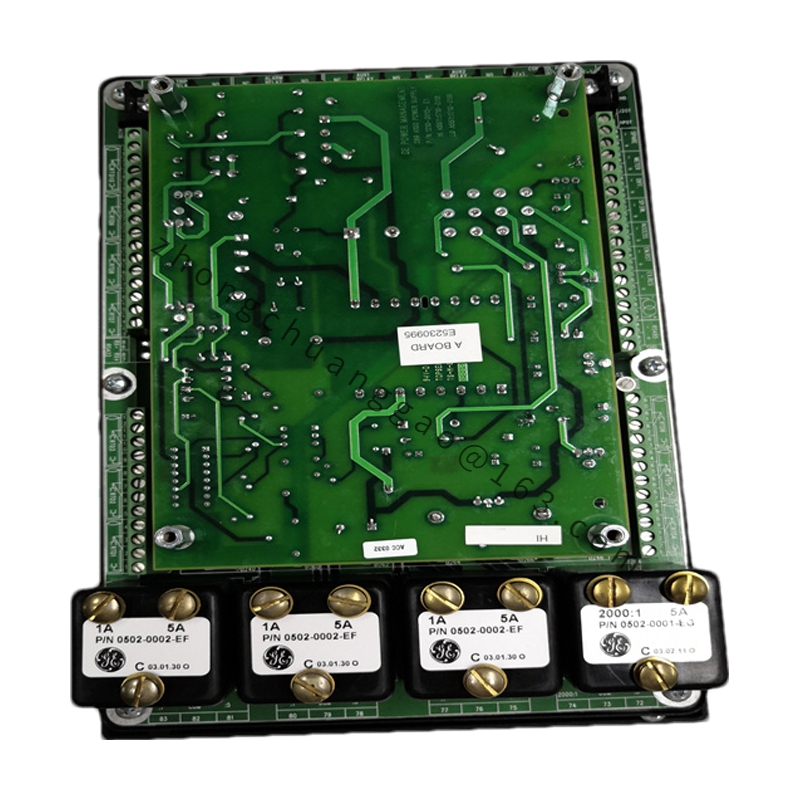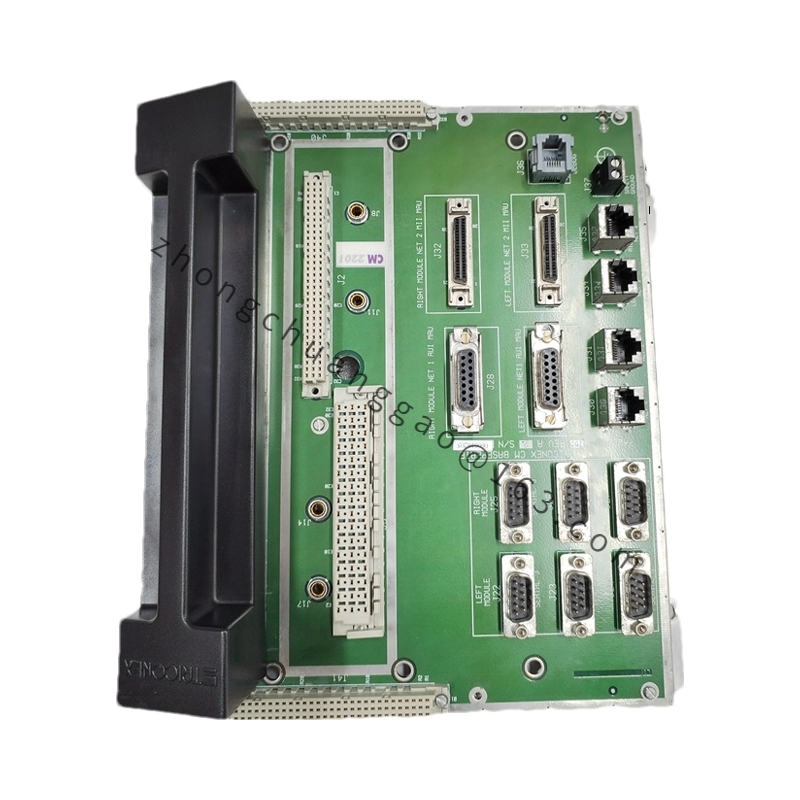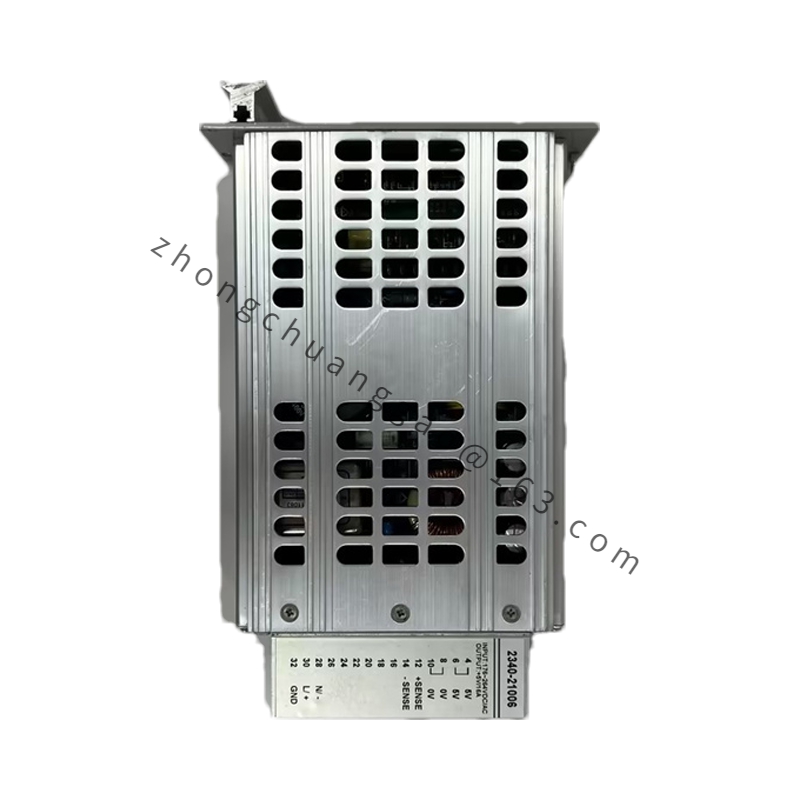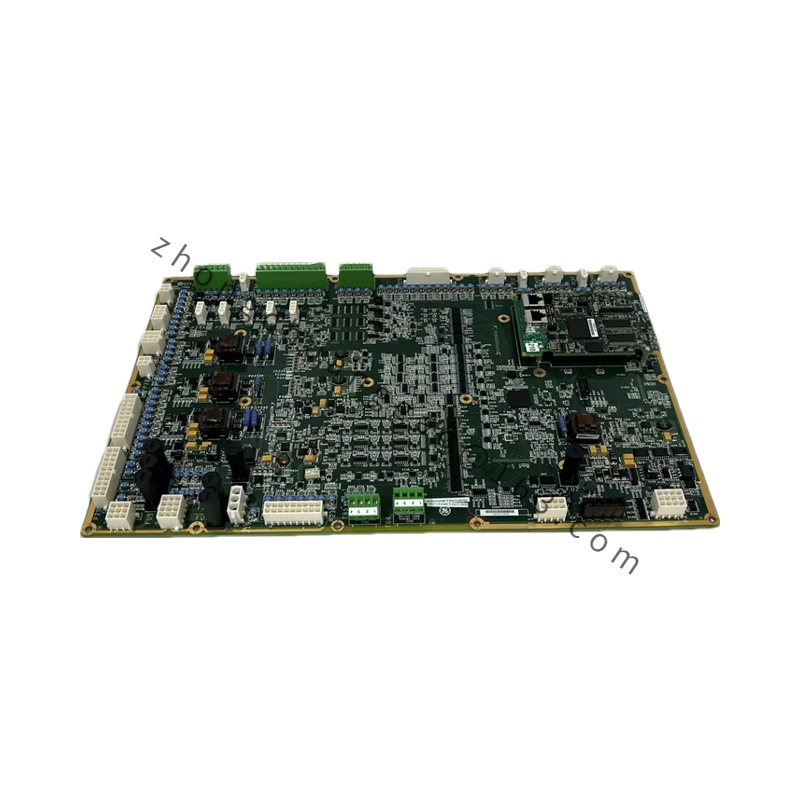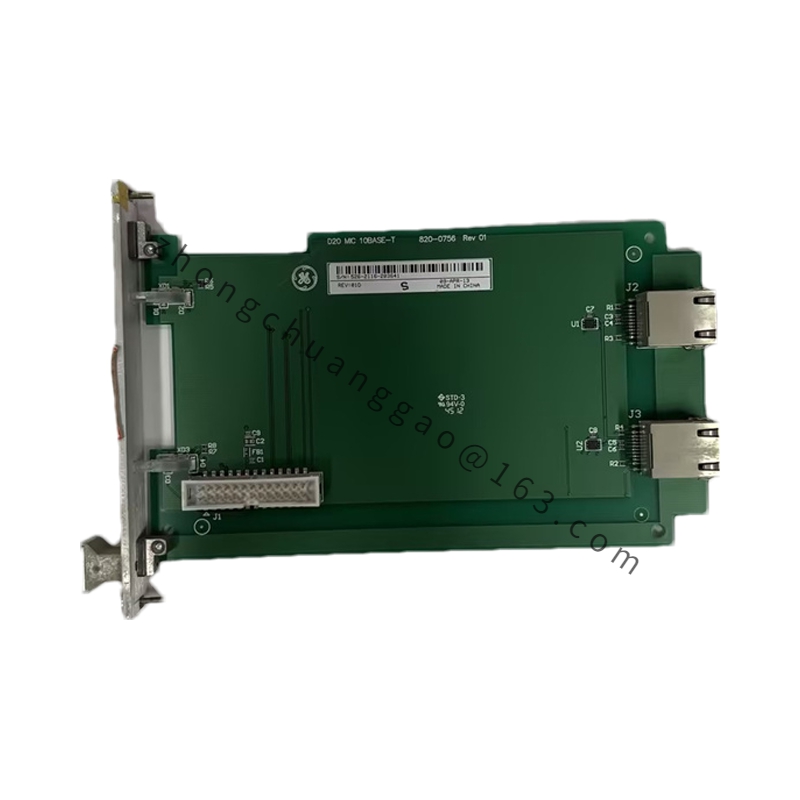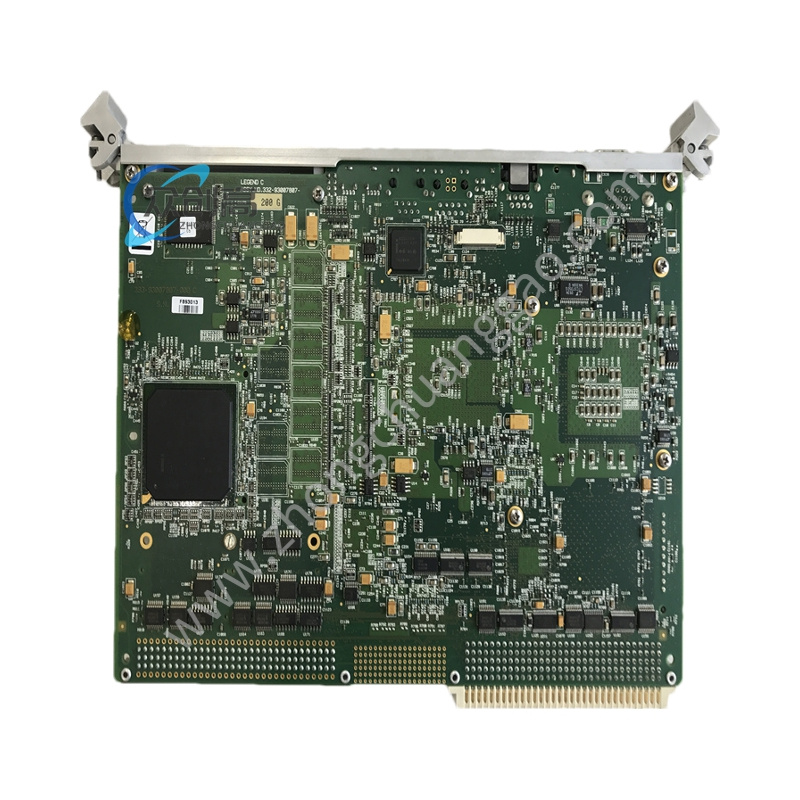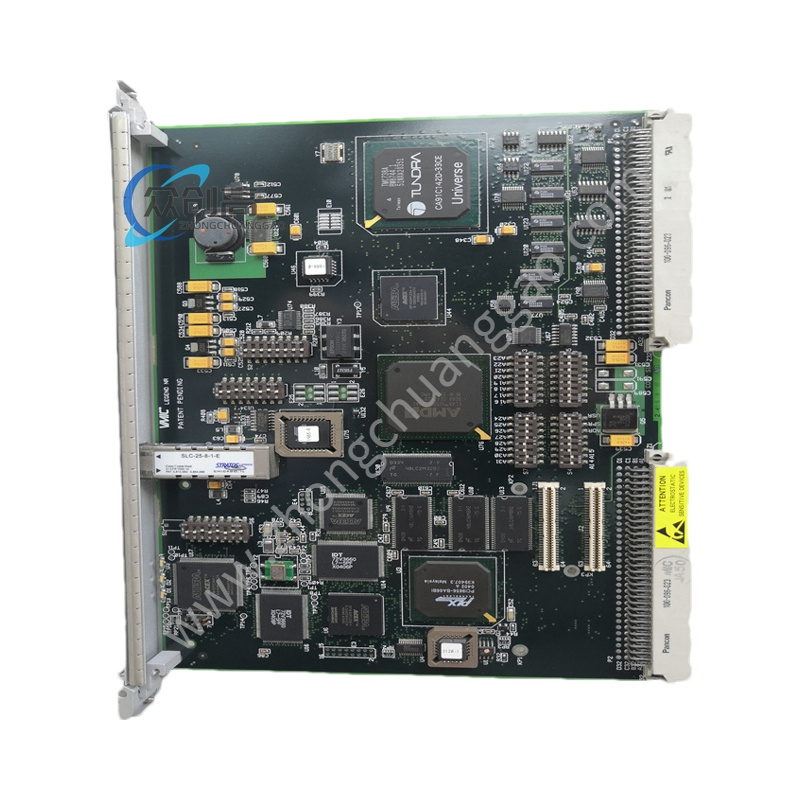GE ACC-5595-208 350-805595-208N
Technical Specifications:
Brand & Model: GE ACC-5595-208 350-805595-208N
Type: Relay Module / Reflective Memory Network Switch
Port Configuration: Supports 1 to 8 SFP (Small Form-Factor Pluggable) transceivers, configurable for single-mode or multi-mode operation
Data Rate: Capable of supporting up to 2 Gbps per port
Power Supply: Accepts a wide range of international power standards
Form Factor: Available as a 19-inch 1U rack-mountable chassis or desktop enclosure
Connectivity: Features RS232 and Ethernet (10BaseT TCP/IP) ports for remote and local access and control
Functional Characteristics:
Detailed content
High-Speed Data Processing: The ACC-5595-208 is designed for efficient data transmission and processing, ensuring real-time communication in demanding applications.
Automatic Bypass Function: When detecting a loss of signal or fault in a port, the switch automatically bypasses the affected node, maintaining network stability and continuity.
Signal Regeneration: Each port regenerates serial optical signals, eliminating insertion loss and cable attenuation, while reducing jitter.
Configurability: Offers flexible configuration options, including SFP transceiver type and network topology, to adapt to different application requirements.
Scalability: Supports cascading up to 256 nodes, allowing for the creation of large, reliable networks.
Monitoring and Control: Provides comprehensive monitoring and control capabilities through RS232 and Ethernet ports, enabling users to manage network status and configuration remotely.
Application Scenarios:
Manufacturing: Utilized in industrial automation systems to control and monitor various equipment, enhancing production efficiency and reducing downtime.
Energy Industry: Deployed in power systems for real-time monitoring and protection, ensuring safe and reliable operation of electrical infrastructure.
Transportation: Plays a critical role in traffic signal and railway signaling systems, ensuring smooth and safe traffic flow.
Building Automation: Used in smart buildings to control lighting, HVAC systems, and other infrastructure, promoting energy efficiency and occupant comfort.
Real-Time Control Systems: Ideal for applications requiring high-speed, low-latency data transmission, such as multi-host testing systems and real-time simulation environments.


